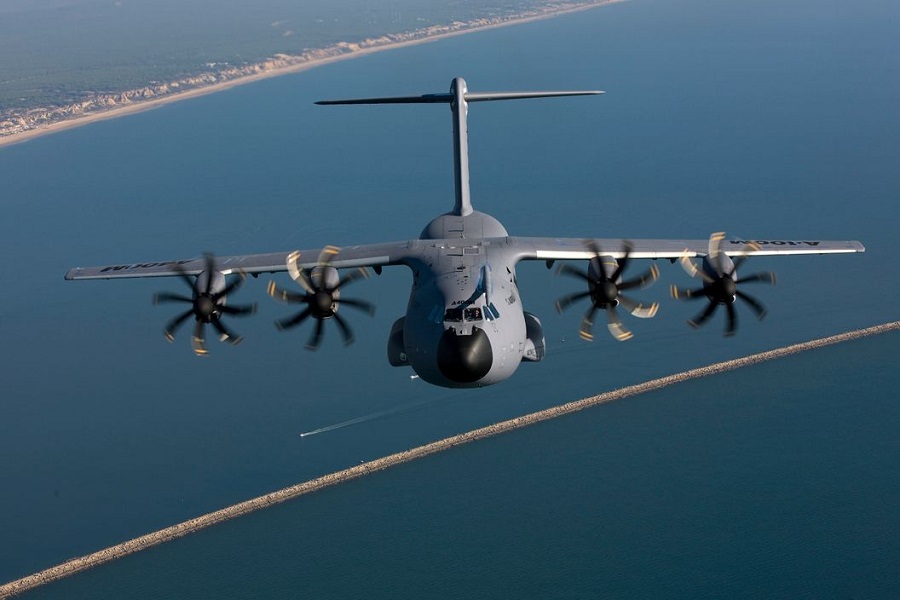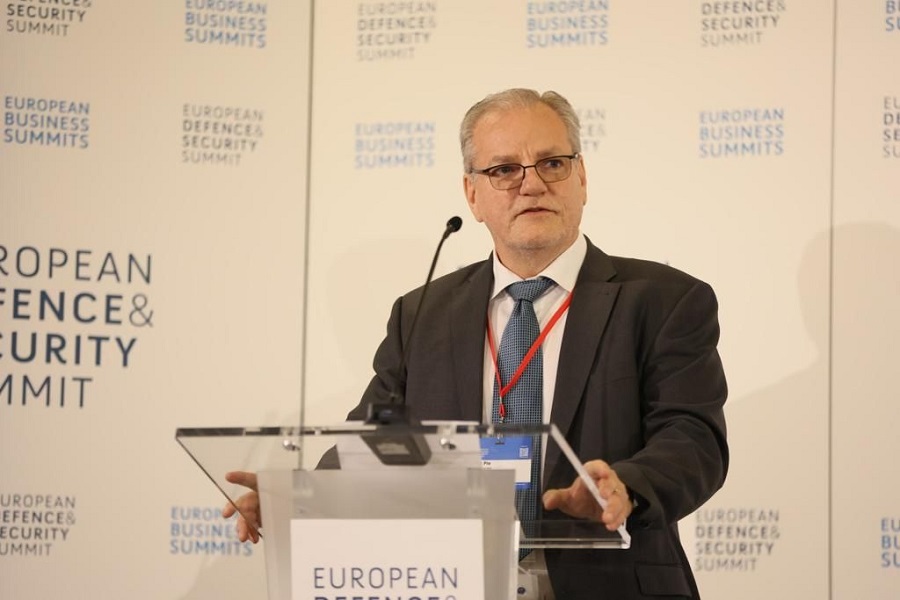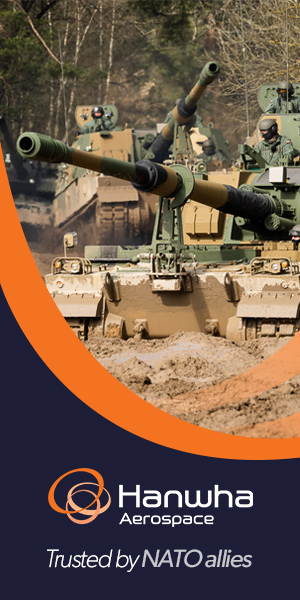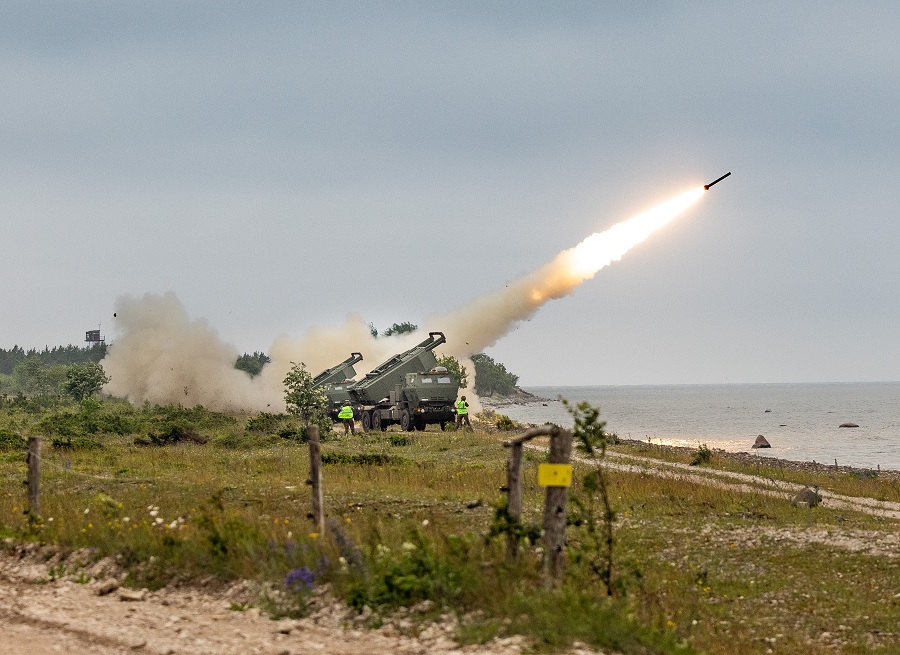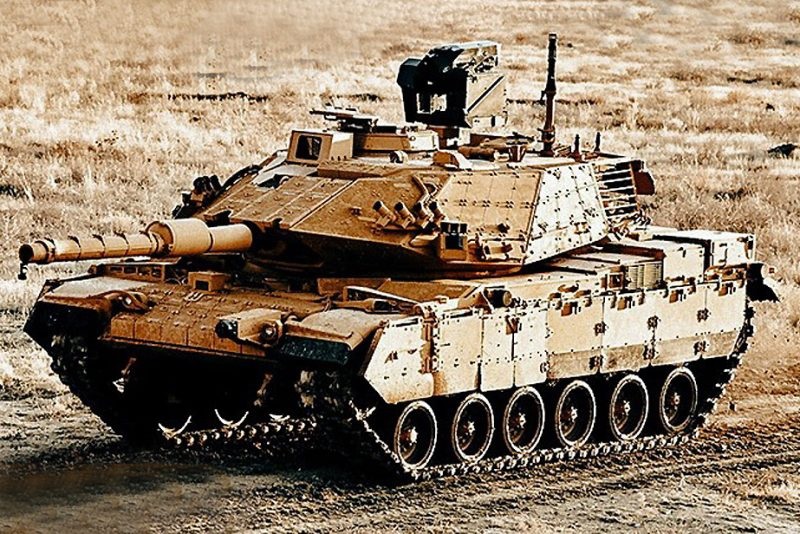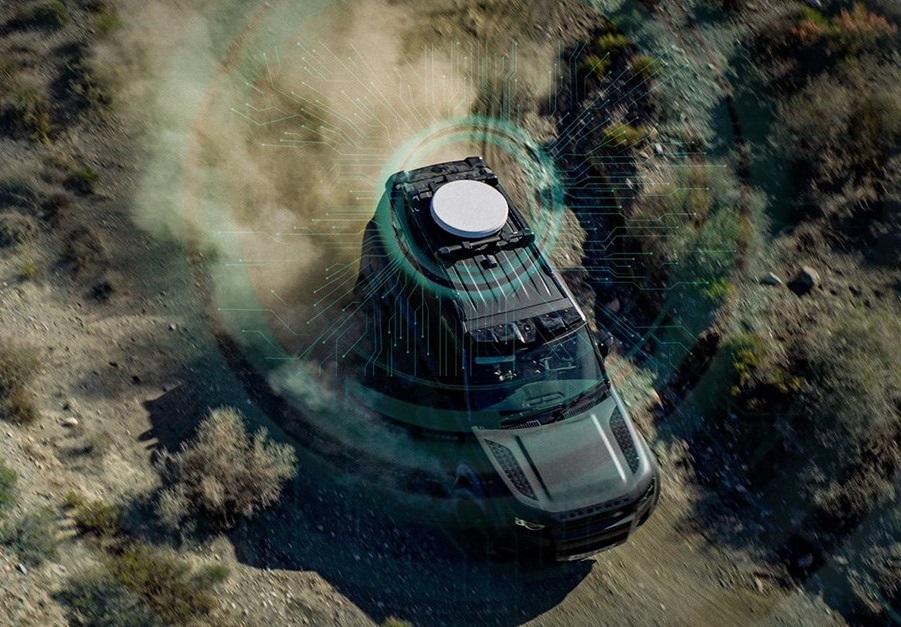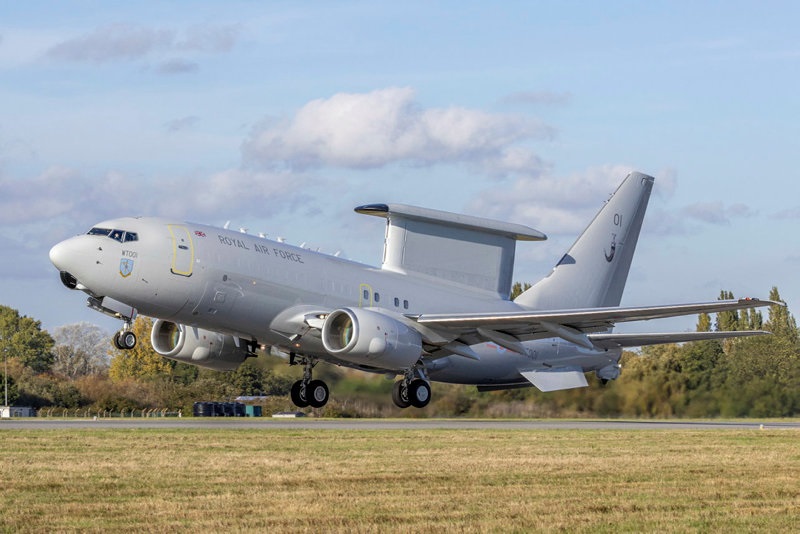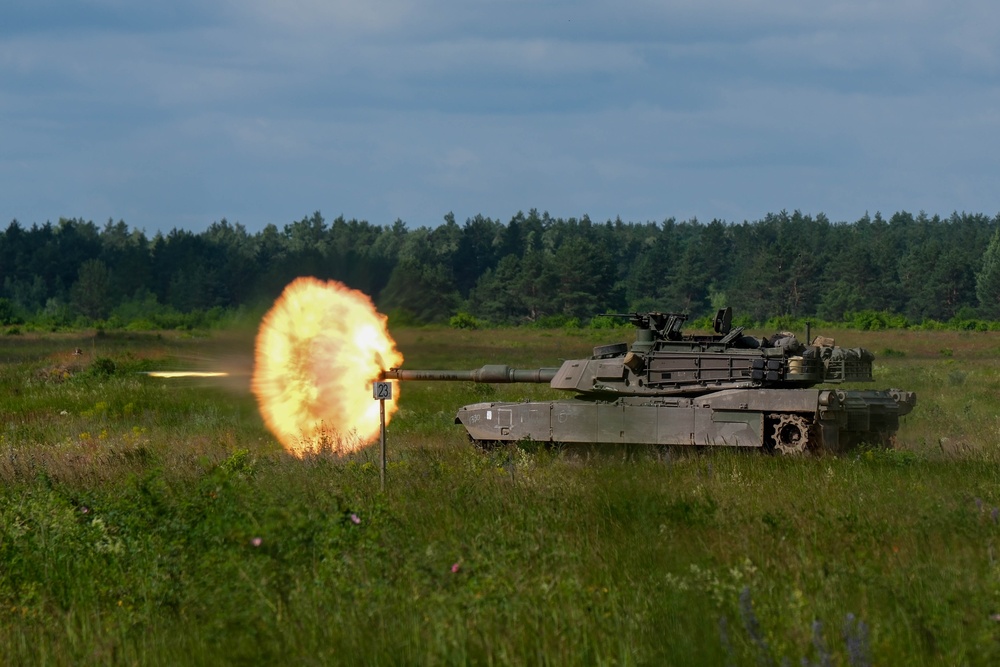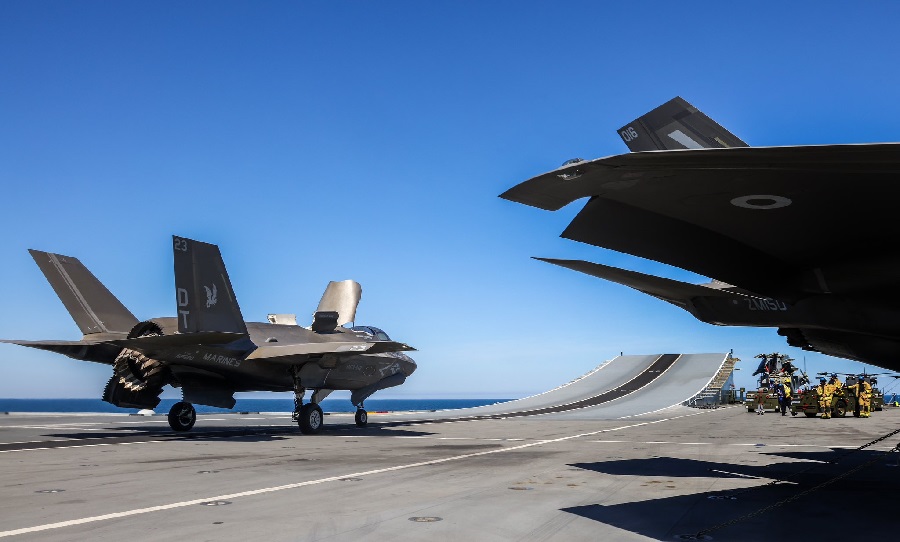Defence is primarily a Member State responsibility in the EU. In support, however, the European Commission has launched ground-breaking initiatives using the EU budget to strengthen defence cooperation and the EDTIB. These initiatives include €8 billion for defence research and development provided in the European Defence Fund (EDF), €300 million in incentives for joint procurement through the European Defence Industry Reinforcement Through Common Procurement Act (EDIRPA), and €500 million for ramping up ammunition and missile production earmarked under the Act in Support of Ammunition Production (ASAP). Member States have also pooled €12 billion outside the EU budget for armaments to partner countries under the European Peace Facility (EPF) mechanism and are jointly ordering ammunition through the European Defence Agency (EDA). With no end to the war in Ukraine in sight and faced with the prospect of a protracted conflict with Russia, the Commission is preparing a European defence industry strategy to further strengthen the EDTIB.
This Brief argues that new EU initiatives should focus on long-term demand for critical strategic capabilities to provide stable markets, but also facilitate competition in the defence industrial sector, wherever this is possible, to promote innovation and cost control. The Brief is divided in two sections. The first addresses the call for more defence industrial consolidation and the argument that competition is key for innovation and cost control. The second proposes support the EU could provide to the EDTIB by:
- supporting long-term demand for critical enablers such as strategic transport, SatCom services and airborne surveillance;
- funding of infrastructure suitable for ammunition storage and for refurbishing air and naval bases; and
- subsidising cross-certification of ammunition.
In the conclusion, some reflections are offered on the future of the European defence industry.
Source: European Union Institute for Security Studies (EUISS).




